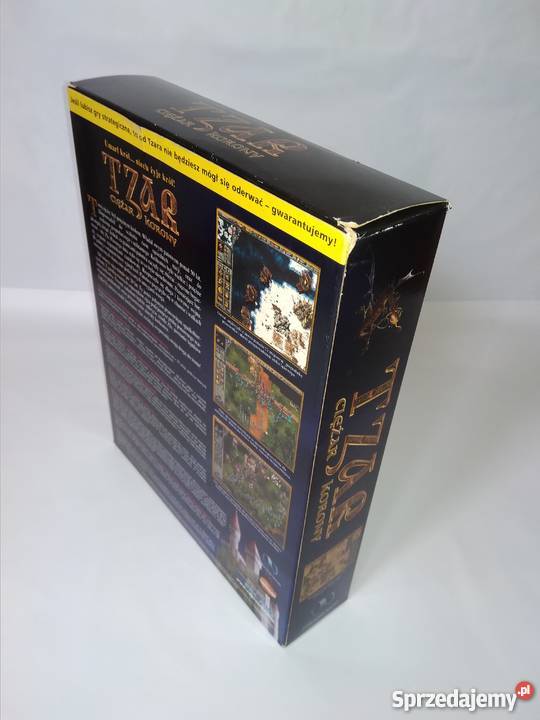


The people pray for the one true leader who will oppose the armies of darkness. Armies of malevolent warriors overrun this land of beauty, mystery, and magic. But at the end of the day, what you find is that Tzar has unique and deep strategic elements and lots of gameplay options that help set it apart from the crowd. And not all of the differentiators are good things. Not many of these options are exactly innovative in and of themselves, since most are cobbled together from other games in the genre: Seven Kingdoms, Starcraft, Master of Magic, and Heroes of Might and Magic, among others. You find that, while the surface bears an uncanny resemblance to AOE, underneath the surface is a wealth of options that make the game unique and challenging. On the surface, you'd be hard-pressed to spot any substantive difference.īut, as you play, the game starts to develop a flavor all of its own, both stylistic and strategic. You erect structures so you can build units, research technology, or increase your potential population size. How could you, since the developers seem to make no effort to disguise the similarities? In the tutorial you learn how to use peasants to cut trees to gather wood, mine stone and gold, and tend farms for food. I have to admit, it's probably impossible to avoid going through Age of Empires deja-vu when you first start playing Tzar: Burden of the Crown.


 0 kommentar(er)
0 kommentar(er)
